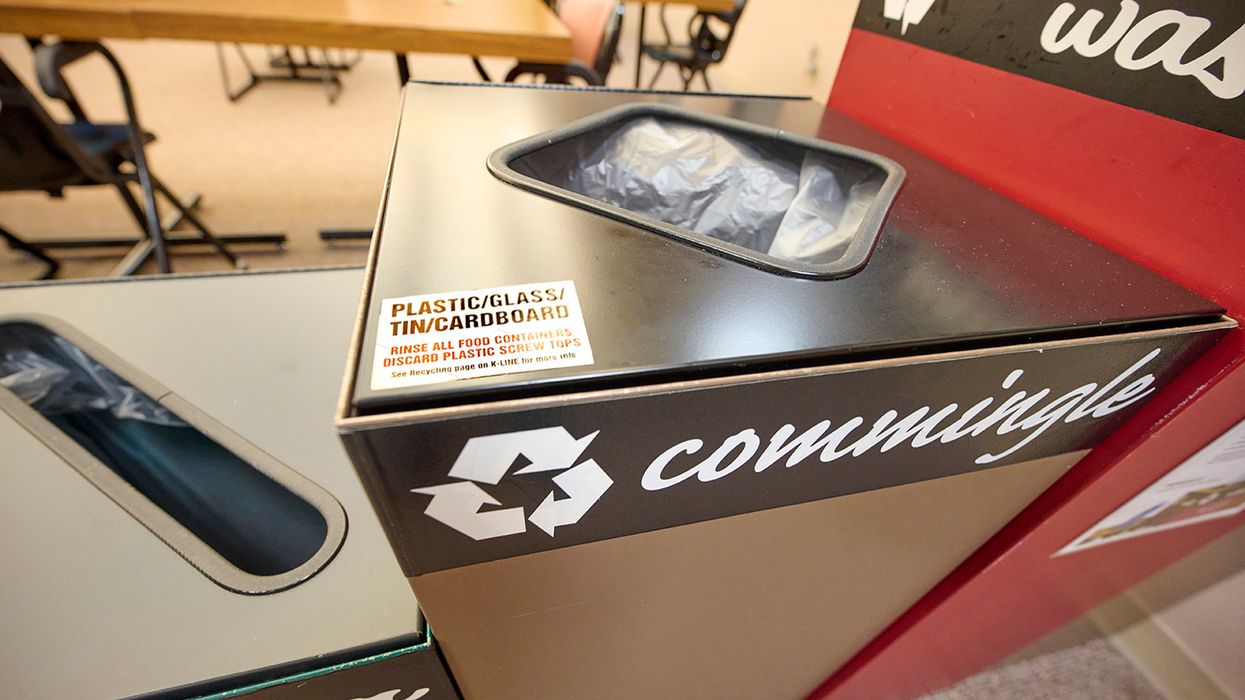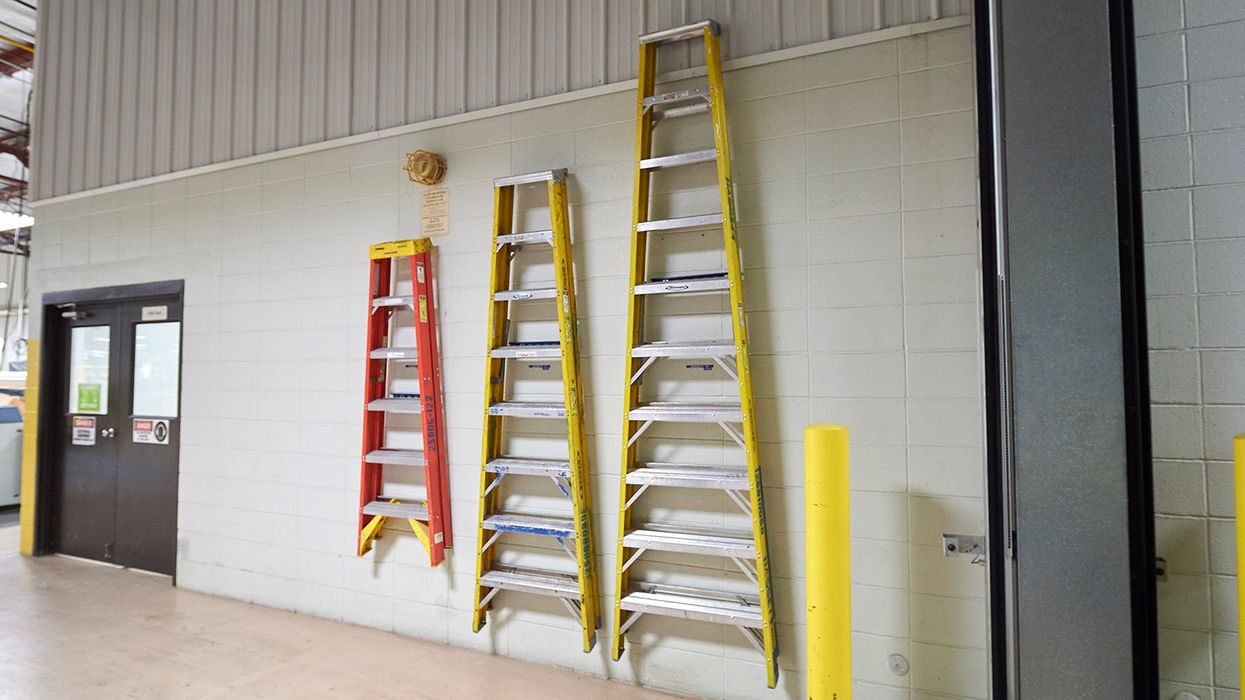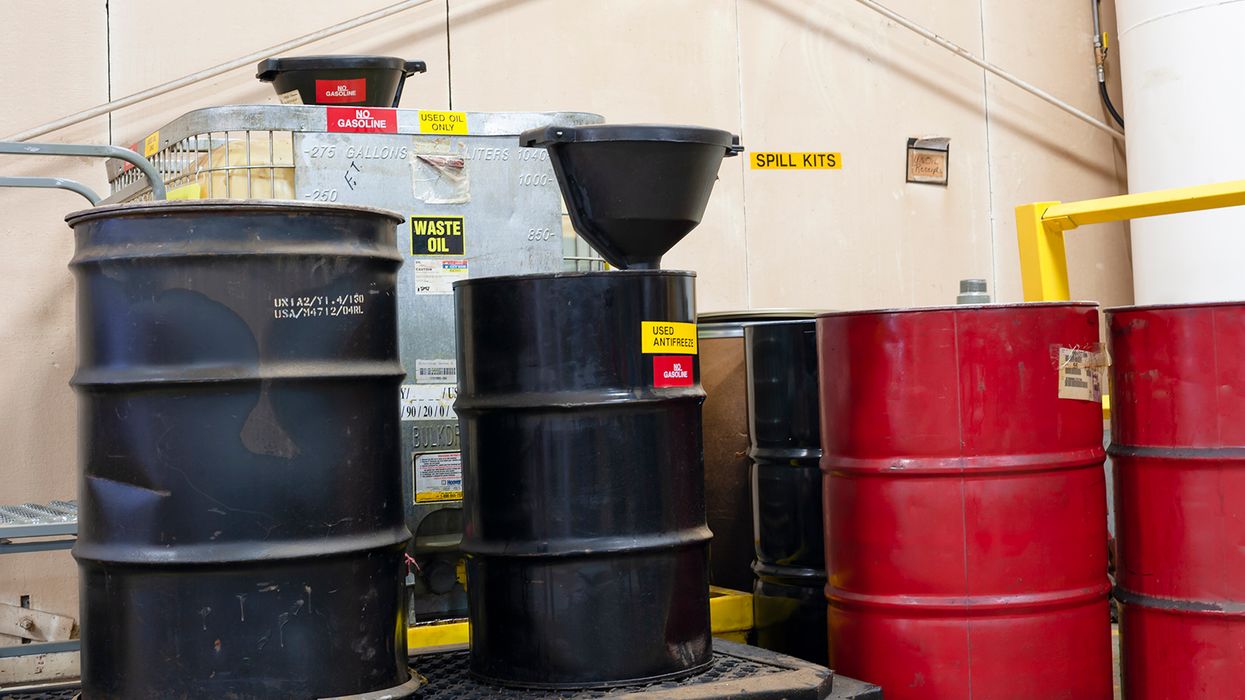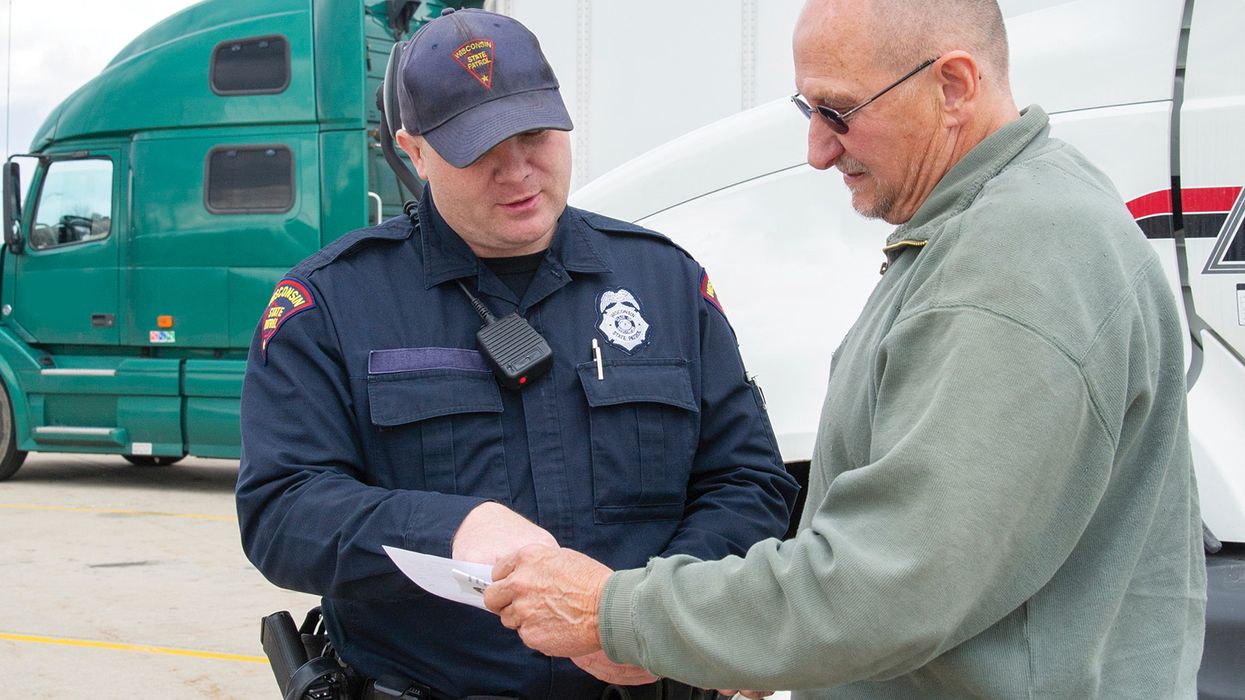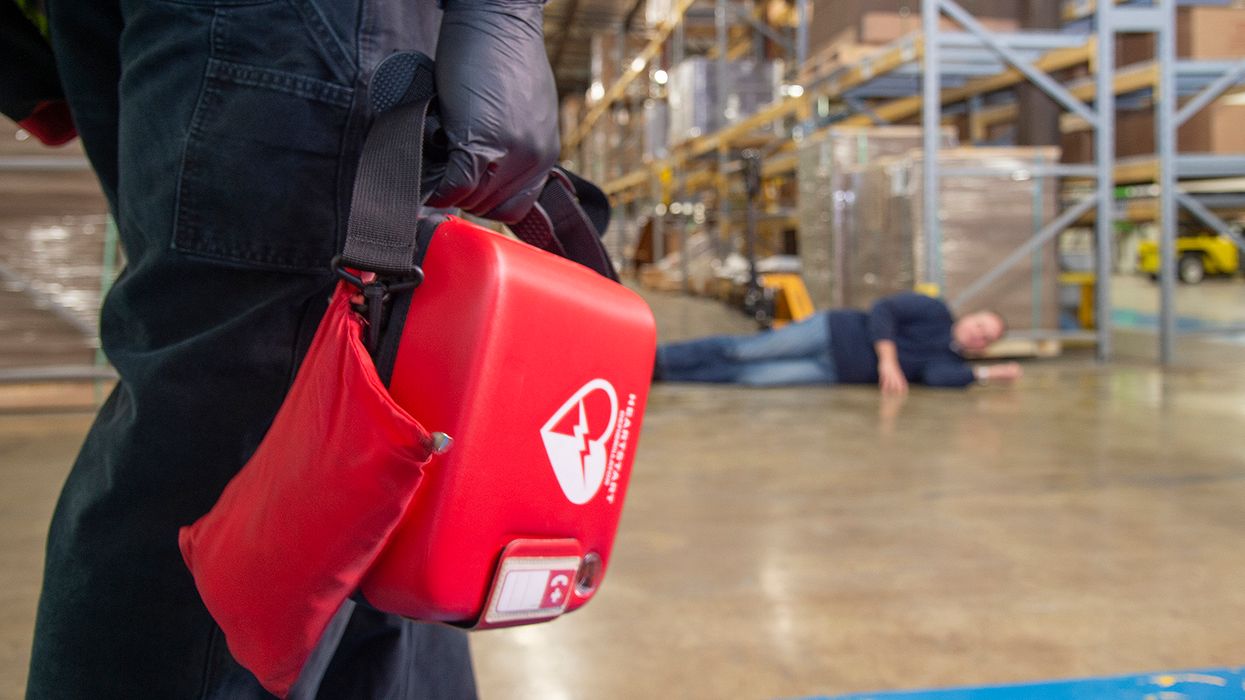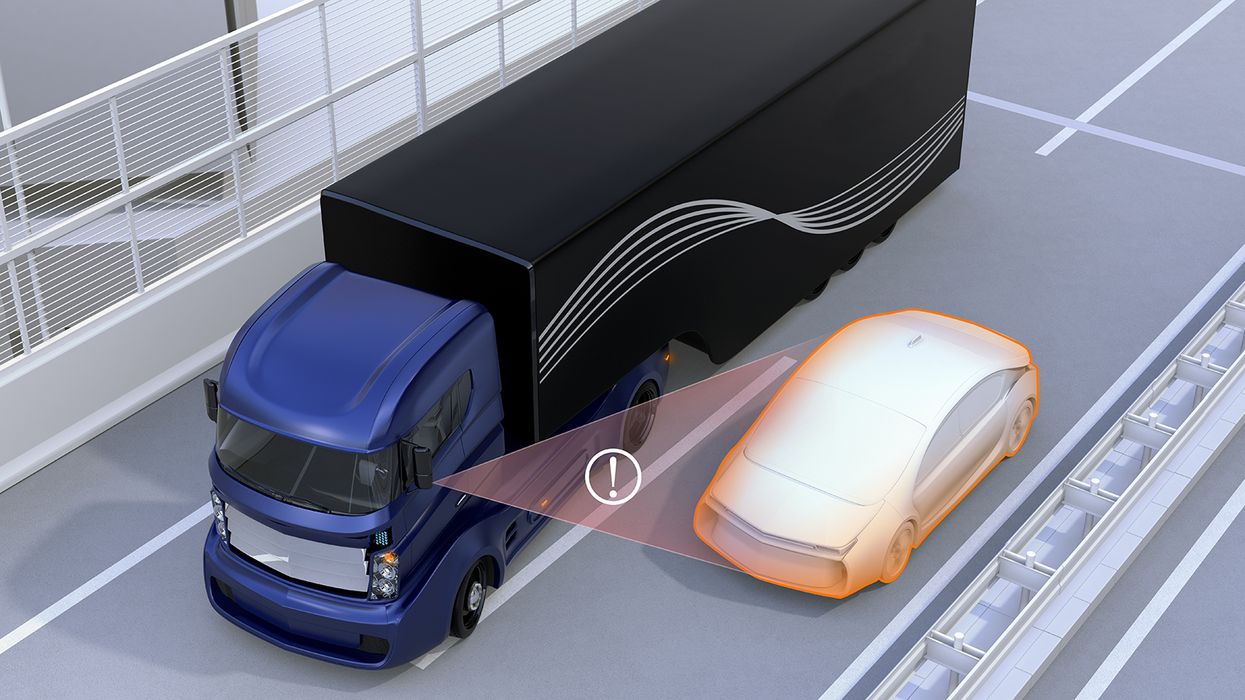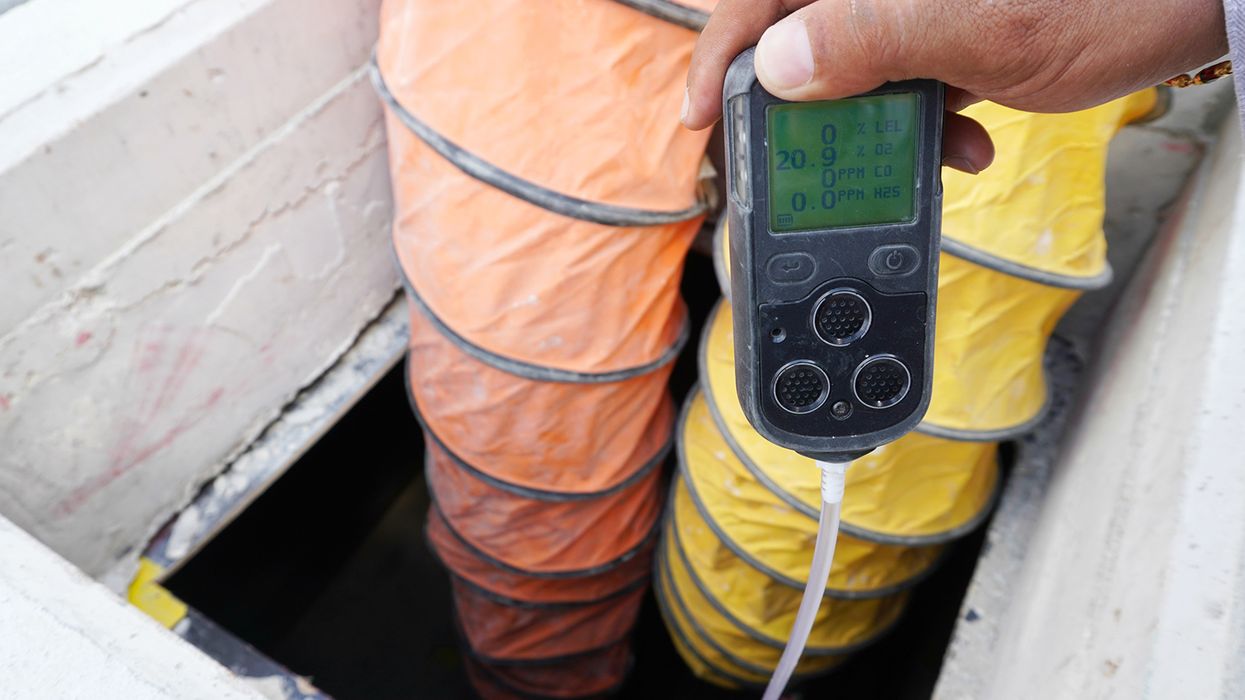Accident prevention is risk management
Many people involved in fleet safety seem to be confused about risk management. This could be due to the numerous definitions that are out there. Here are some of the common definitions of risk management:
- Forecasting, evaluating, and mitigating risks to a person or organization.
- A strategy of determining the potential harm or benefit in a situation and acting on what is determined.
- Identifying, assessing, and controlling threats to an organization.
- The identification, evaluation, prioritization, and mitigation of risks.
The confusion may also come from some people being unable to determine and deal with the real risks a carrier faces on a daily basis.
What major risks do motor carriers face?
The main risk a carrier faces that could lead to a serious loss is crashes. Crashes carry a special risk, as they can lead to injuries, deaths, and litigation, which can multiply the loss (up to causing a nuclear verdict). There are other risks (injuries, fines, not creating enough revenue, losing money due to not controlling costs, etc.), but a serious crash is the major risk. To use an old phrase that puts this into perspective: “A single crash can ruin a company.”
How can a carrier manage its risks?
A concept that accompanies risk management is risk reduction. This involves seeing what is predictable and taking steps to avoid it. It also involves managing the risk in such a way as to minimize the impact should the risk come to reality.
Preventing crashes = reducing risk
To be successful at risk management and reduction, you need to take steps that reduce the odds of crashes. A side effect of these efforts is that you will become defendable, should a crash occur. These activities also reduce the risk of a significant and unnecessary monetary loss to fines and litigation. Here are some of the most common activities that help reduce the risk of a crash in the fleet environment:
- Hiring good drivers, training them, keeping them qualified, and treating and paying them well.
- Having policies, procedures, and training that lay out your expectations.
- Making sure your expectations (and therefore culture) are rooted in safety and compliance.
- Verifying that everyone is meeting your expectations.
- Being careful with scheduling and considering the hours of service, fatigue, traffic, weather, etc., when assigning movements.
- Providing drivers with well-equipped and well-maintained vehicles.
- Using technology-based safety systems that assist the driver in being safe.
- Complying with all company, driver, and vehicle safety regulations.
Key to remember
Risk management can be a complicated topic, but when it comes to motor carriers, it all boils down to taking the steps necessary to prevent crashes.



























